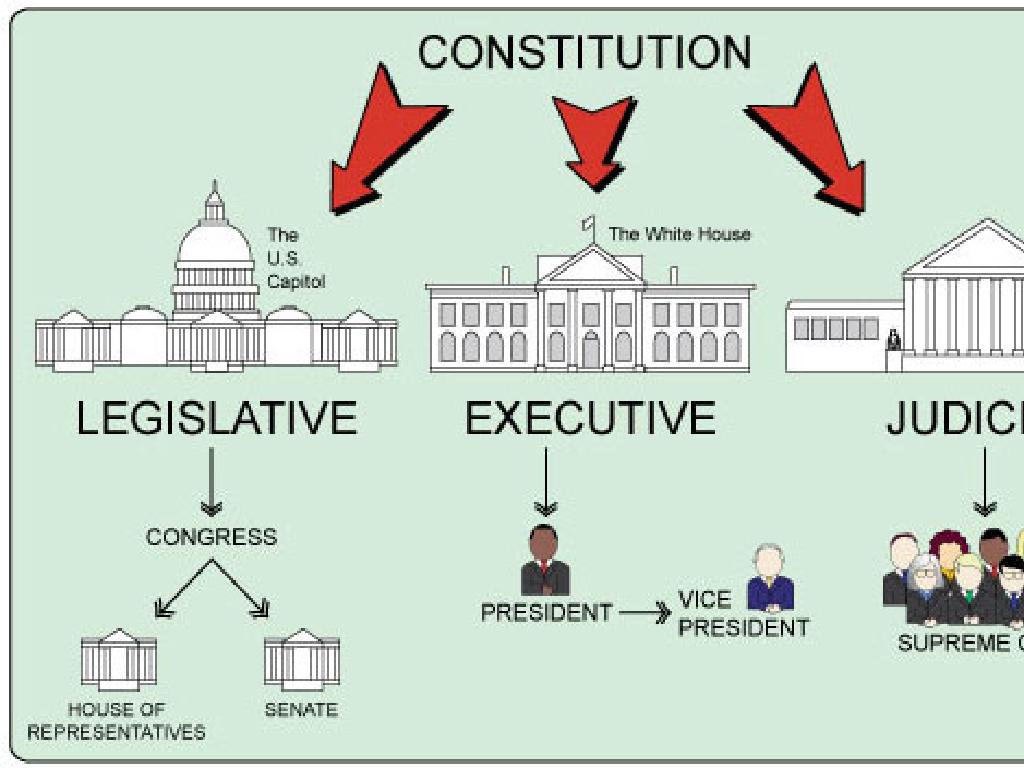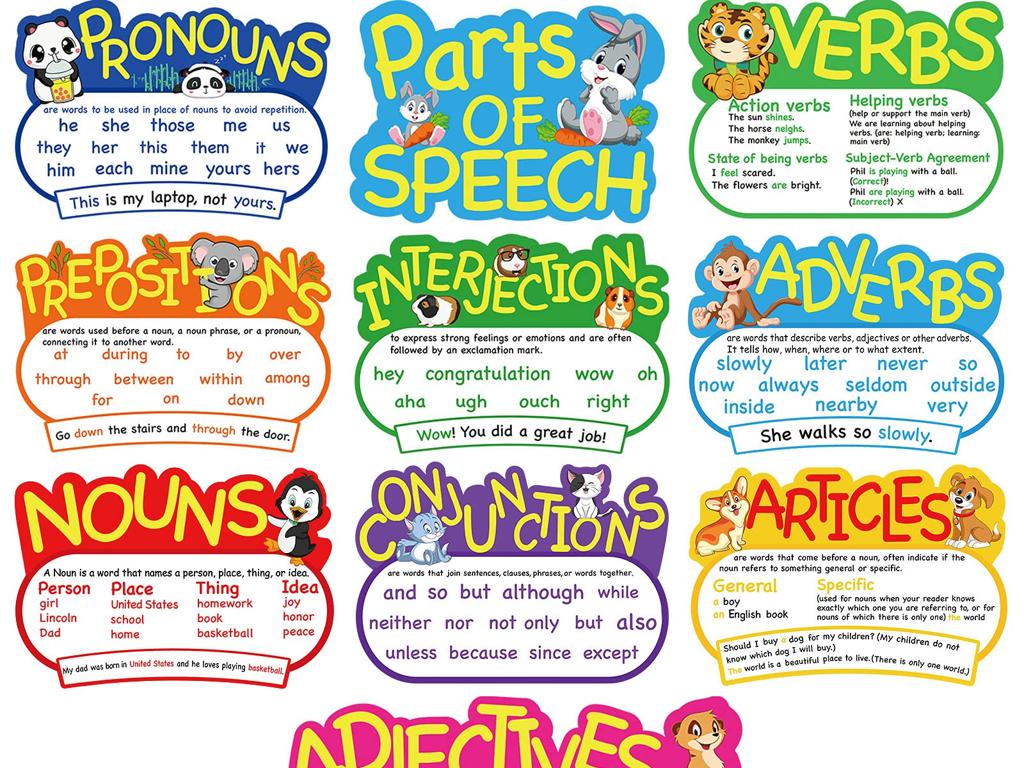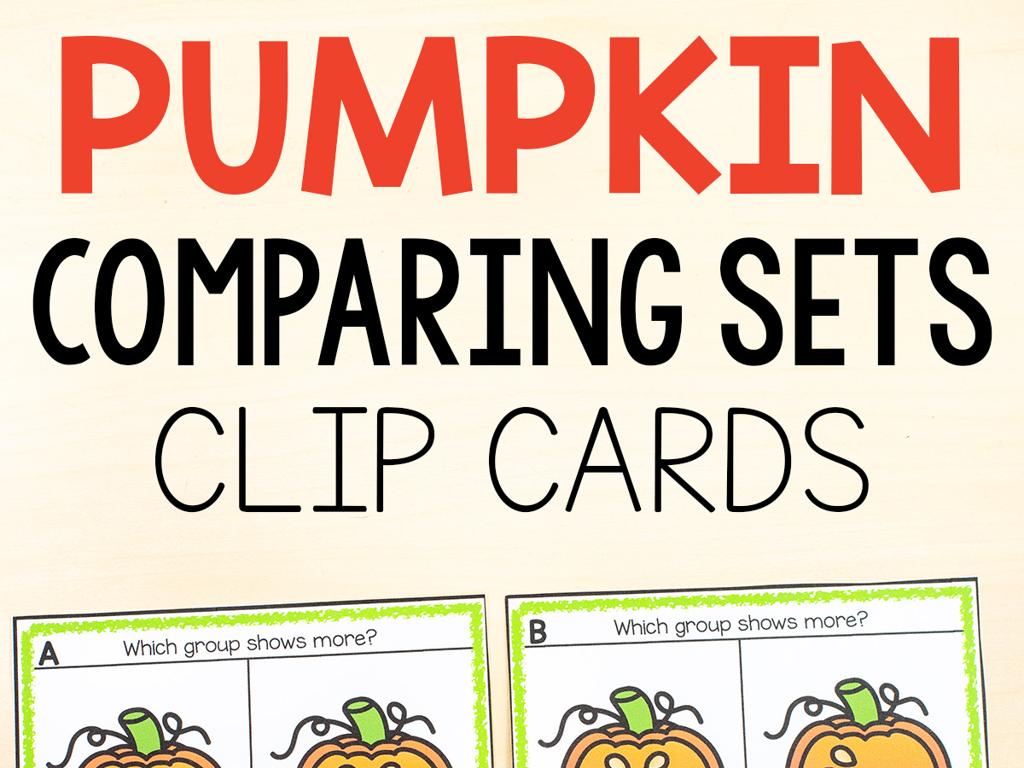Choose The Letter That Matches The Consonant Sound: Review
Subject: Language arts
Grade: Kindergarten
Topic: Letter-Sound Associations
Please LOG IN to download the presentation. Access is available to registered users only.
View More Content
Welcome to Letter Sounds!
– Exploring letter sounds
– Matching sounds to letters
– Find the letter for the ‘ssss’ like a snake
– Listening game
– We’ll hear sounds and choose letters that match
– Becoming sound experts
|
This slide introduces the concept of letter sounds to Kindergarten students. It’s designed to be interactive and fun, capturing the students’ attention through a listening game. The goal is for students to listen to consonant sounds and then match them with the corresponding letters. For example, the sound ‘ssss’ is matched with the letter ‘S’. Teachers should prepare a variety of common sounds and have corresponding letters ready for students to see and select. Encourage the children to make the sounds themselves and practice matching. This activity will help reinforce their understanding of the association between letters and sounds, which is a fundamental skill in reading.
Consonant Sounds Review
– Consonants: not vowel letters
– Many consonants in our alphabet
– Each consonant has a unique sound
– For example, ‘B’ sounds like ‘buh’ as in ‘ball’
– Practice matching sounds to letters
– We’ll play a game to match sounds!
|
This slide introduces the concept of consonant sounds to Kindergarten students. Begin by explaining that consonants are all the letters in the alphabet that are not vowels (A, E, I, O, U). Highlight that there are many consonants, and each one has its own special sound. Use familiar objects or words to demonstrate the sound each consonant makes, such as ‘B’ for ‘ball’ or ‘S’ for ‘sun’. Plan a fun and interactive game where students listen to a consonant sound and then choose the correct letter that matches it. This activity will help reinforce their understanding of letter-sound associations and improve their phonemic awareness.
Consonant Sounds Review
– Listen to consonant sounds
– We’ll hear how each consonant sounds.
– Play a sound matching game
– Match the sounds to the right letters.
– Practice making sounds
– Try to repeat the sounds after me.
– Fun with phonics
|
This slide is designed to engage Kindergarten students in a fun and interactive review of consonant sounds. Start by playing each consonant sound and have the students listen carefully. Then, introduce a game where a sound is played, and students must choose the correct letter that matches the sound. Encourage the children to make the sounds with you, turning it into a fun activity. This will help reinforce their understanding of letter-sound associations. Make sure to praise their efforts and correct gently if they make mistakes. The goal is to create a positive learning experience that encourages participation and enjoyment.
Matching Sounds to Letters
– Hear a sound, think of a letter
– See pictures, guess the consonant
– ‘t’ is for ‘turtle’, makes ‘t-t-t’
– Like ‘m’ for ‘monkey’ making ‘m-m-m’
– Practice with different pictures
– Find the starting sound of ‘cat’, ‘dog’, ‘fish’
|
This slide is designed to help Kindergarten students review and strengthen their understanding of letter-sound associations, specifically consonant sounds. Start by playing different consonant sounds and asking students to identify the letter that makes each sound. Show them pictures of familiar objects and have them guess the consonant sound that matches the beginning of each word. Use clear examples like ‘t’ for ‘turtle’ to illustrate the concept. Encourage the children to practice with various pictures and sounds, and to articulate the sounds themselves. This interactive approach helps solidify their phonemic awareness, an essential skill for early reading development.
Practice Time: Matching Sounds to Letters!
– Listen to the consonant sound
– Find the matching letter
– Think: What letter makes this sound?
– No vowels in our game
– Only use letters like b, c, d, f, g, and so on
– Get ready to show your answer
– Hold up your letter card when you know!
|
This slide is for an interactive classroom activity where students will practice their understanding of consonant sounds by matching them to the correct letters. Start by making a consonant sound and ask the students to choose the letter that matches the sound. Remind them that vowels are not included in this activity. Have the students hold up letter cards or write the letter on a whiteboard to show their answer. This activity helps reinforce their knowledge of letter-sound associations, which is crucial for their reading and writing skills development. Possible variations of the activity could include using objects that start with the consonant sound, having students come up to the board to write the letter, or even turning it into a mini-competition for added fun.
Let’s Review Consonant Sounds!
– Celebrate your practice success
– Review sounds and matching letters
– Remember, B sounds like ‘buh’ and T sounds like ‘tuh’
– Match letters to sounds solo
– Try to do it without help, like a big kid!
– Show what you’ve learned
– Get ready to share your matches with the class
|
This slide is meant to recap what the students have learned about consonant sounds and their corresponding letters. It’s a celebration of their effort and a challenge for them to demonstrate their understanding independently. Encourage the children to think about the sounds each letter makes and to find the letter that matches the sound on their own. Provide positive reinforcement and remind them that practice makes perfect. For the activity, you can have different stations with various consonant sounds and letters for students to match, or use flashcards for a fun matching game. Be ready to assist if needed, but encourage self-reliance. Praise their efforts and the progress they’ve made.
Sound Match Game
– Play a game with letter and picture cards
– Match pictures to consonant sounds
– If your card has ‘B’, find a picture starting with the ‘b’ sound, like ‘ball’
– Collaborate with classmates
– Find all the matching pairs
|
This interactive class activity is designed to help Kindergarten students review and reinforce their understanding of letter-sound associations. Provide each student with a card that has a letter on it. Then, spread out picture cards on a table or the floor. Students must find the picture that begins with the same consonant sound as the letter on their card. Encourage them to work together, helping each other find the correct matches. This collaborative approach not only makes the learning process fun but also promotes teamwork. Possible variations of the activity could include having students find objects in the classroom that match their letter sound, or even drawing their own pictures to match the consonant sounds.
Celebrating Our Consonant Sound Experts!
– Great job learning consonant sounds!
– You can match sounds to letters now!
– Practice by saying words and picking out the first sound.
– Time for a big round of applause!
– You’re all sound experts!
– Keep listening and practicing your new skills.
|
This slide is meant to congratulate the students on their hard work and progress with learning consonant sounds. It’s important to celebrate their success to build confidence and reinforce their learning. Encourage the students to continue practicing by listening for sounds in words and matching them to the correct letters. A round of applause helps to create a positive learning environment and acknowledges their effort. As a follow-up, you can plan activities where they identify consonant sounds in various words or even in their names to keep the learning engaging and interactive.






